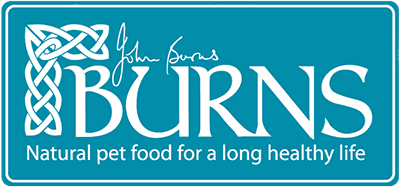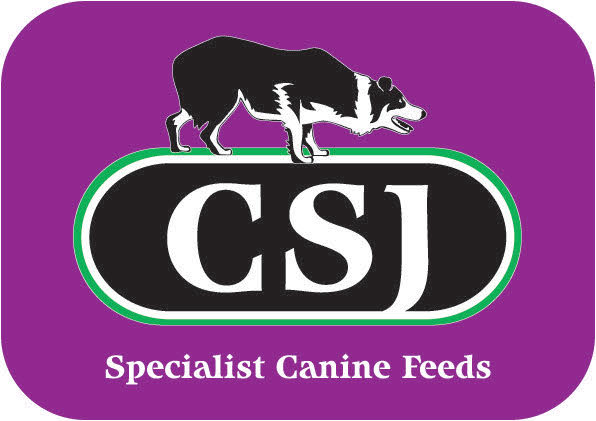Last updated April 2022
A Breed Standard is the guideline which describes the ideal characteristics, temperament and appearance including the correct colour of a breed and ensures that the breed is fit for function.
Absolute soundness is essential. Breeders and judges should at all times be careful to avoid obvious conditions or exaggerations which would be detrimental in any way to the health, welfare or soundness of this breed.
General appearance
Strongly built, short coupled, very active; broad in skull; broad and deep through chest and ribs; broad and strong over loins and hindquarters.
Characteristics
Good tempered, very agile (which precludes excessive body weight or excessive substance).
Excellent nose, soft mouth; keen love of water. Adaptable, devoted companion.
Temperament
Intelligent, keen and biddable, with a strong will to please. Kindly nature, with no trace of aggression or undue shyness.
Head and skull
Skull broad with defined stop; clean-cut without fleshy cheeks. Jaws of medium length, powerful not snipy.
Nose wide, nostrils well developed.
Eyes
Medium size, expressing intelligence and good temper; brown or hazel.
Ears
Not large or heavy, hanging close to head and set rather far back.
Mouth
Jaws and teeth strong with a perfect, regular and complete scissor bite, i.e. upper teeth closely overlapping lower teeth and set square to the jaws.
Neck
Clean, strong, powerful, set into well-placed shoulders.
Forequarters
Shoulders long and well laid back, with upper arm of near equal length, placing legs well under body.
Forelegs well boned and straight from elbow to ground when viewed from either front or side.
Body
Chest of good width and depth, with well-sprung barrel ribs - this effect not to be produced by carrying excessive weight.
Level topline. Loins wide, short-coupled and strong.
Hindquarters
Well developed, not sloping to tail; well-turned stifle. Hocks well let down, cow hocks highly undesirable.
Feet
Round, compact; well-arched toes and well-developed pads.
Tail
Distinctive feature, very thick towards base, gradually tapering towards tip, medium length, free from feathering, but clothed thickly all round with short, thick, dense coat, thus giving ‘rounded’ appearance described as ‘Otter’ tail.
May be carried gaily but should not curl over back.
Gait/movement
Free, covering adequate ground; straight and true in front and rear.
Coat
Distinctive feature, short dense without wave or feathering, giving fairly hard feel to the touch; weather resistant undercoat.
Colour
The only correct colours are wholly black, yellow and liver/chocolate.
Yellows range from light cream to fox red, livers/chocolates range from light to dark.
Small white spot on chest and the rear of front pasterns permissible.
Any other colour or combination of colours not permitted.
Size
Ideal height at withers: dogs: 56-57 cms (22-22½ ins); bitches: 55-56 cms (21½-22 ins).
Faults
Any departure from the foregoing points should be considered a fault and the seriousness with which the fault should be regarded should be in exact proportion to its degree and its effect upon the health and welfare of the dog and on the dog’s ability to perform its traditional work.
Note
Male animals should have two apparently normal testicles fully descended into the scrotum.
*Note for prospective puppy buyers*
Size – the Kennel Club Breed Standard is a guide and description of the ideal for the breed; the Size as describeddoes not imply that a dog will match the measurements given (height or weight).
Interpretation and Analysis of Standard
Physical Appearance
General Confirmation
In general confirmation the Labrador should be sturdy, strongly built, of good substance, but not a fat dog.
A Labrador has got to be strong enough to carry a really heavy hare or bird, to be able to jump over obstacles with it, to swim against strong currents, and still have enough reserves to do this again and again during the day.
Those that tend towards breeding Labradors too far either side of this desirable norm, will have dogs that do not have the staying power, because they have no reserves of strength, or are so heavy and badly constructed that they tire too easily.
We must always remember that the Breed Standard was drawn up by people who used the Labrador as a working dog.
We have chosen to own this breed, and when breeding, we must never lose sight of the breed's working potential, even if we know that out dogs may never have the opportunity of fulfilling their role as retrievers in the field.
Head and Skull
The skull should be broad but not course, with enough brain room, and it must have a definite stop.
Cheeks should be flat; fleshy cheeks give a very foreign look to the head.
The muzzle should be of moderate length (bearing in mind the game it has to retrieve), and have a square appearance.
A thin narrow muzzle is referred to as snipey.
Too short a muzzle even if square will be a hindrance in picking up game.
The nose should be wide and the nostrils well developed for good scenting ability.
Ears
The ears are set quite far back, and should be reasonably low.
Ears that are set right on top of the head, give a hard untypical look; they should hand close to the skull, and be of a neat size.
Eyes
The eyes should be set fairly wide apart, and they should not be round or bulbous, as these are too vulnerable to damage for a working dog.
We look for medium size and a diamond to almond shaped eye that is not too deeply set.
The colour can range from hazel to brown, although the colour of "burnt sugar" is preferred.
Black eyes or yellow are abhorrent. However, what is most important of all is the expression.
The eyes should give an immediate impression of kindliness and good temper. A hard expression is penalised.
Mouth
The standard asks for a 'regular and complete scissor bite'.
It doesn not state 'full dentition and until or if it does, absent premolars should not be penalised.
Neck and Forequarters
The forequarters are of vital importance, the way they are formed significantly affects the manner in which the dog can work.
Neck and Shoulders
We are looking for a clean neck, meaning not throaty with dewlaps (seen more in yellows), set into a long sloping well laid shoulders.
Forehand
The shoulders should have a good layback, the upper arm should not be too short the angle formed between the two being about 90 degrees.
The correct angulation gives the dog the balance that is required to carry the game in the least tiring manner, with most of the weight being carried through the shoulders and not in the mouth and neck.
Chest
The chest should have a hand's width between the front legs, and the point of chest should fit into the cup of your hand.
The depth of the chest should reach the elbow when viewed from the side.
Forelegs
The forelegs should look straight when viewed either from the side or the front.
They should be of medium length and have good bone and muscle. The length of leg should be equal to the depth of body.
The pasterns should be strong and have a little give in them, but they should not be too sloping.
Body
The Labrador should have well sprung "Barrel" ribs, and be well ribbed back, the loin/couplings should be short, wide and strong, not 'tucked up' in the body.
The topline should be straight, not dipping or sloping off to the tailset.
Hindquarters
These should be well muscled, with good but not overdone turn of stifle.
The Labrador should have a well muscled second thigh, and well let down hocks.
When viewed from behind, the hocks should be straight. Hocks that turn in "Cow Hocks" are considered a serious fault.
Incorrect hind angulation will not supply the power to thrust the body forward.
Powerful hind limbs should look as if they are pushing the ground behind them.
Coat and Tail
These two are the most distinctive features of the Labrador, and they are related.
It is the correct clothing of tail that gives it the thick otter-like appearance.
There should be no feathering on the tail, it is thick at its base and narrows to the tip.
There is no detailed mention of tail length, medium length is stipulated.
However a tail that is too long or too short gives an unbalanced look.
A tail that reaches to the hock is more pleasing.
We prefer the tail to be carried on a line with the back, a tail carried higher is allowable but one curling over the back is a fault.
The coat should be short dense and feel hard to the hand.
When the coat is turned back it should reveal a soft, thick weather resisting undercoat covering the skin.
This can be a shade lighter than the topcoat, many a good black has quite a mousey coloured undercoat.
I have also had blacks and chocolates, who have had the bottom one third, nearest the body, of the outer coat white.
A soft coat would be of no use to a Labrador, as it soaks up the water, so this fault must be penalised.
Colour
The coat colour in a labradors comes on 3 colours, black, chocolate (liver) and yellow.
BLACKS A black with small white patch on the chest permissible.
Many Labradors are born with white pads behind the ankle, especially in the front feet.
These are nicknamed "Bolo-pads" after Dual Ch Banchory Bolo, and most serious breeders quite like them, and would not penalise them when judging.
Eye colouring should enhance the coat with brown or hazel preferred.
YELLOWS This term can cover any colour from light-cream to fox red, with variations in the shading on ears and coat.
What is objectionable is the dark mask that some yellows have over the muzzle.
It tends to give a hard untypical look to the head.
Again a small white spot on the chest is permissible. Eye colouring should be the same as the blacks, with black or brown pigmentation on eye rims and nose.
The nose fading to a pinker colour in winter weather is not serious.
CHOCOLATES Shades do vary from light milk to dark chocolate, to my mind the darker shades with good eye colour are the most attractive.
Again the eye colouring must enhance the coat colour.
Movement
Movement in a Labrador should be free and effortless if constructed correctly a dog will move correctly.
A Labrador should move truly coming or going. When coming towards you, one should not see a dog that is out at elbow, or toeing in and only the front legs should be visible.
When going away from you only the rear legs should be visible with the hocks flexing well and doing their job of propelling the dog forward.
The movement fore and aft should be neither too wide or too narrow. Some convergence at speed is normal.
Height
The standard allows leeway and an experienced judge will put up a good dog if it is below or above the "desired" height as long as the animal has overall balance.
To sum up I quote from Mary Roslin Williams. "A typical Labrador looks like a Labrador and nothing else.
If he reminds you of any other breed he is not typical."
Carole Coode (Warringah Labradors)


